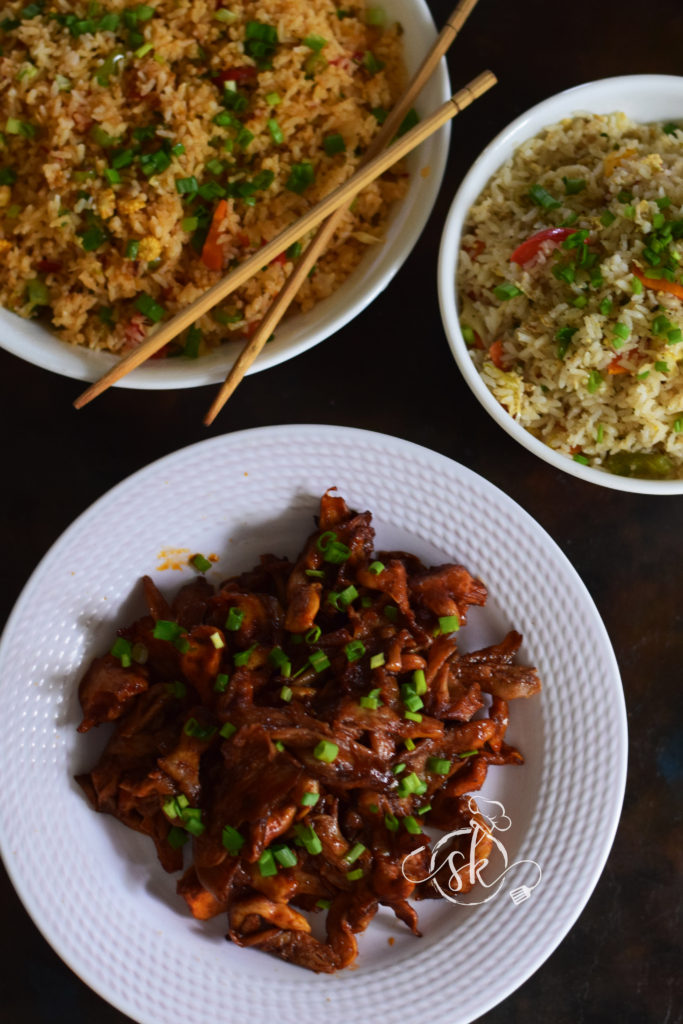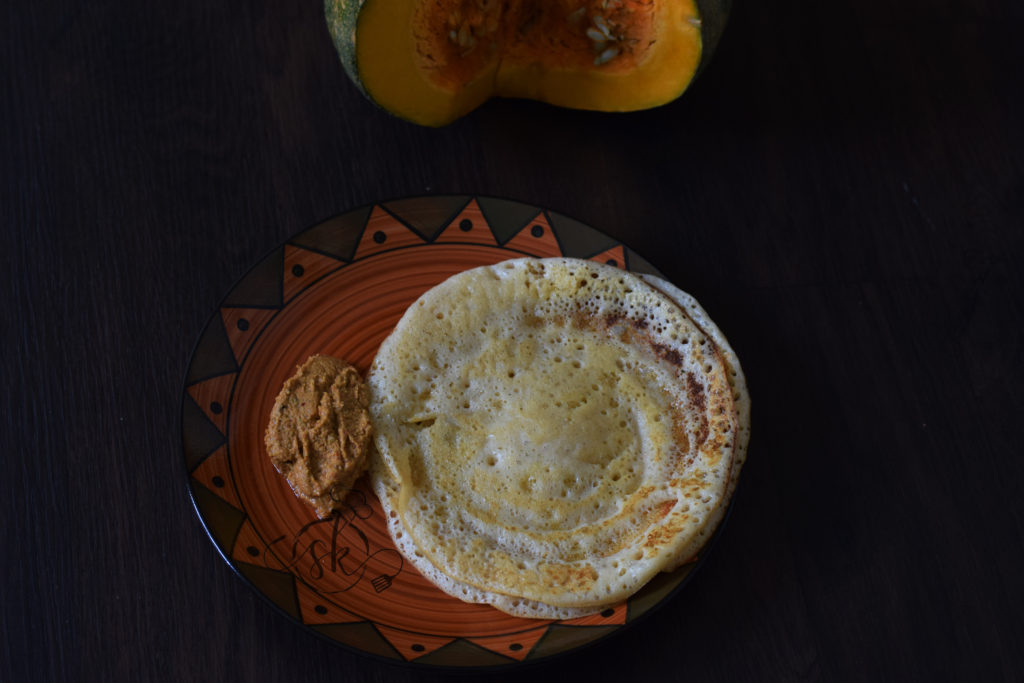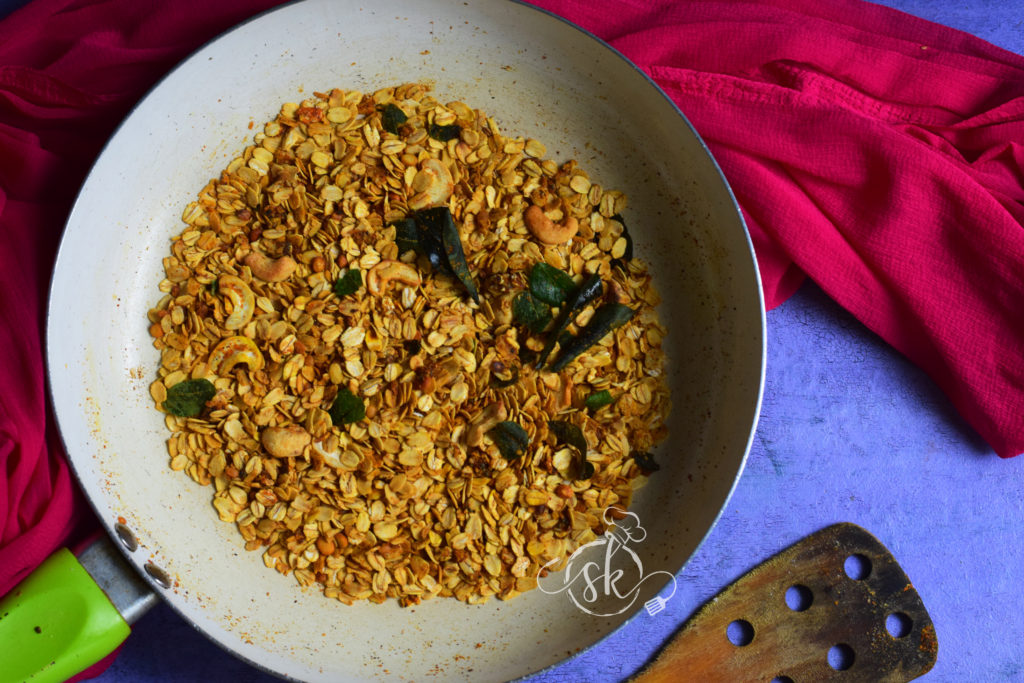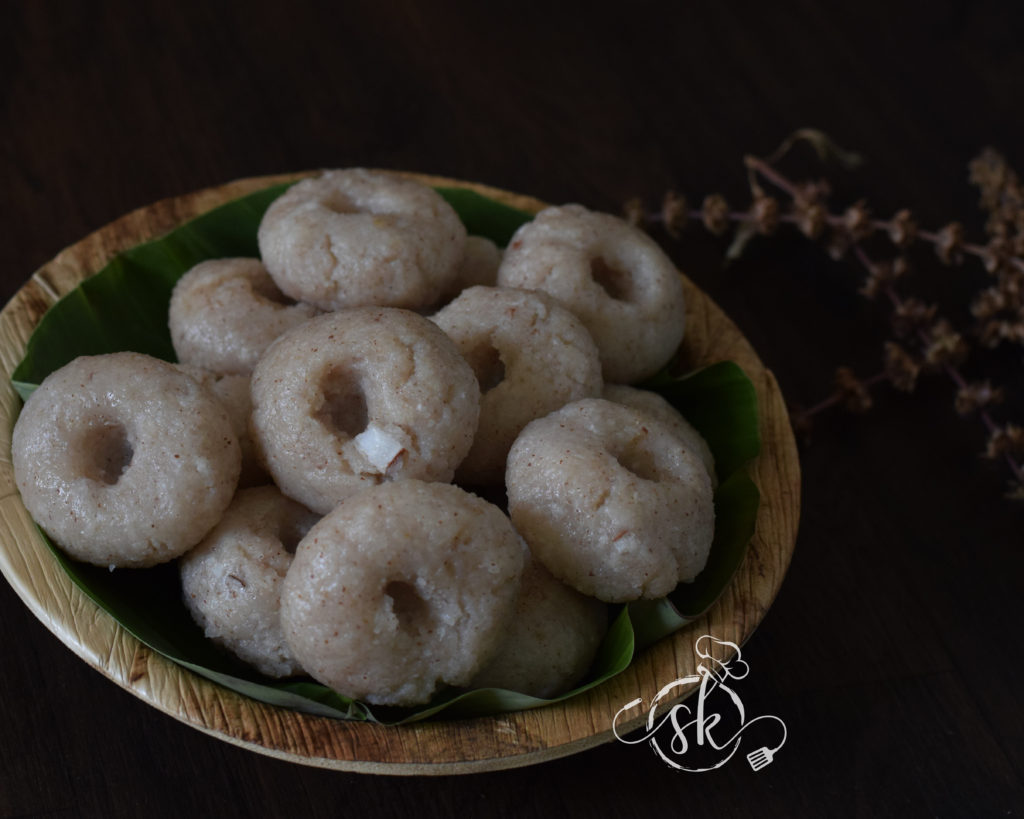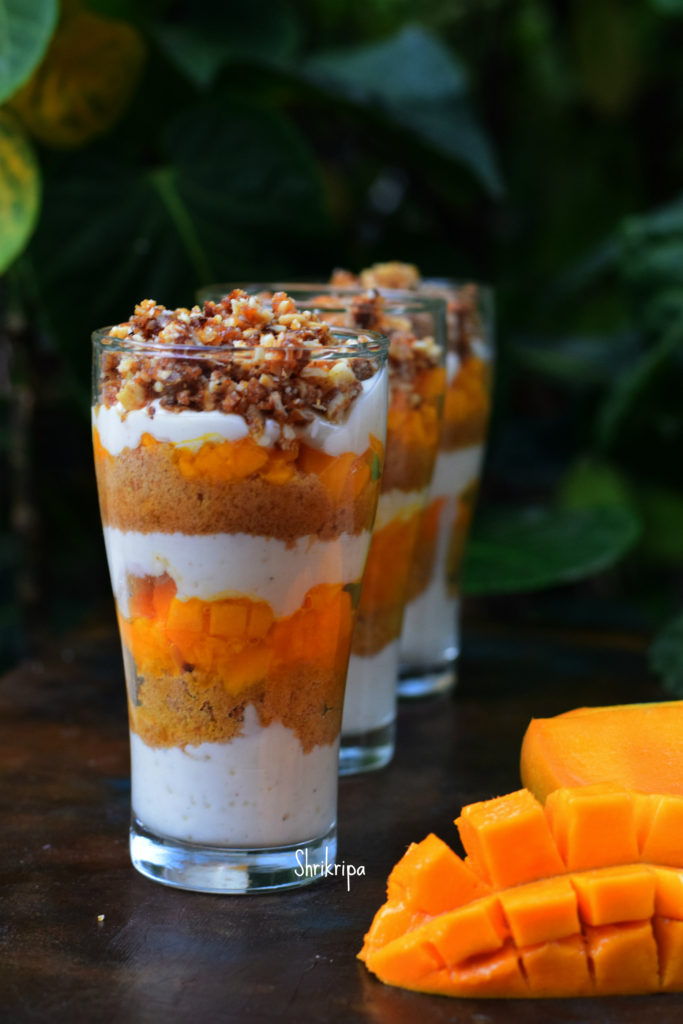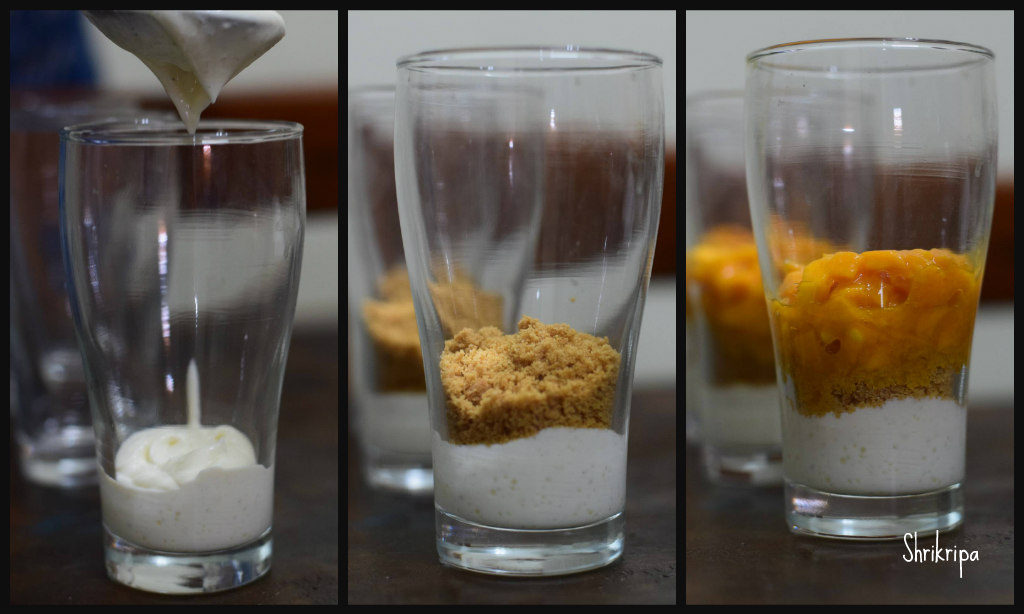Neer dosey is an integral part of coastal breakfast. I usually prepare Neer dosey or my own version of Healthy neer dosey. Leftover neer dosey would turn into another dish, with sweet seasoning for an evening with a cup of tea. Khara neer dosey is one more variety of dosa from our region.
Khara neer dosey is also known as Khara Thellavu /savoury neer dosey which is nothing but a spicy version of normal white neer dosey. It is quick, no fermentation is required. Soak the rice, grind, maintain the right consistency, use a well-seasoned cast-iron tawa to get the super-soft, authentic taste.
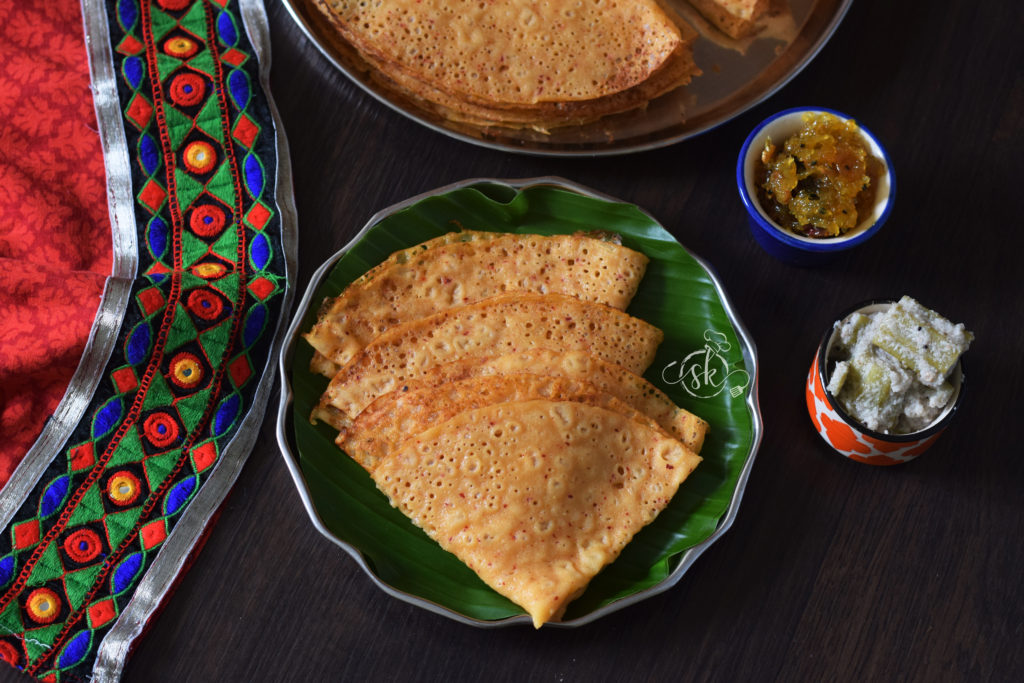
Ingredients needed:
Dosa rice -2 cups
Red chillies – 4 to 5
Onion – 1 big Or Coconut – 1 bowl
Coriander seeds – 1 tablespoon (optional)
Cumin – 1 tsp (optional)
Hing – generous pinch
Salt
Iron griddle /tawa.
Method:
-Wash and soak Dosa rice at night or 2 to 3-hour soaking is needed.
-In the morning grind this soaked rice into fine paste by adding chillies, chopped onion OR Coconut, coriander, cumin, salt with water (I use soaking water while grinding, it gives pleasant aroma for the Dosa) and salt as per requirement.

– Make batter into pourable consistency like this and check for the salt.
-Now keep Iron griddle for heat, smear oil and keep it ready.
-Pour one serving spoon of batter-like how we make Rawa Dosa, you can see it in the picture below.
-Now close the lid by keeping the gas on full flame.

-After two minutes, remove the lid and keep the gas in simmer, the edges of the Dosa rise a little, like this.
-Now flip this Dosa on the plate, leave for 2 minutes, then fold like this.
-Now keep repeating this with the remaining batter and stack one over the other or take one big plate and stalk one opposite another alternately.
-Serve this Dosa with Coconut and grated jaggery mixture or coconut chutney or as you wish.

